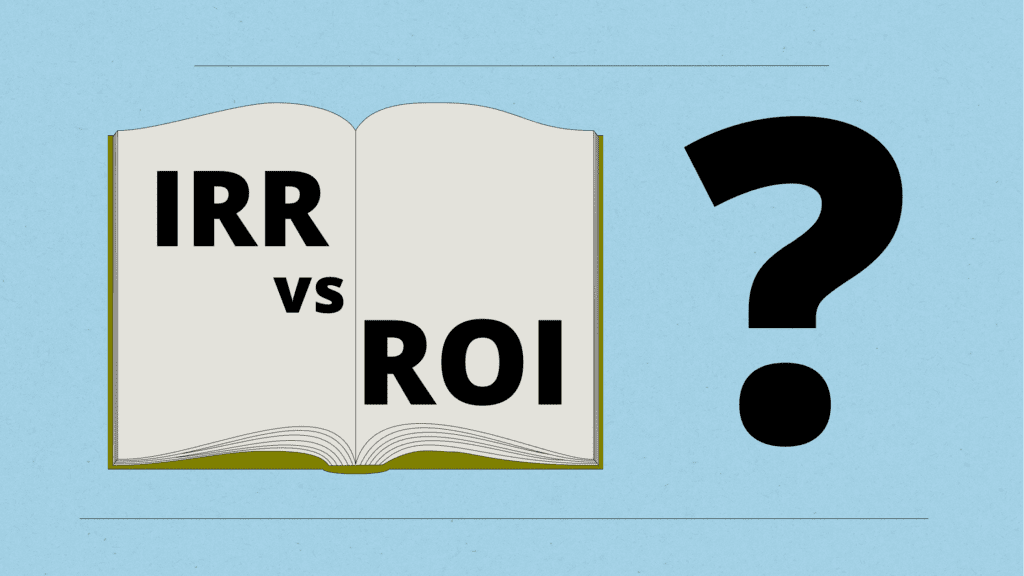As someone who is new to the being a passive investor or you are looking into becoming one, then you are probably hitting a pretty steep learning curve. Don’t worry though, we have all been there and today I am here to help you understand some of the terms that you will encounter.
Today we are going to tackle what an IRR is, how it’s different from an ROI, how to calculate the IRR when looking at a deal, and why you should even care about the IRR.
Why You Need an IRR and How it Works
So, what the heck is an IRR? An IRR stands for the internal rate of return, which basically means that it is the standard metric used to compare the return on your investment with the length of time included in the calculation. In comparison, an ROI means your return on investment, which doesn’t consider how long it will take to collect your returns.
Now I am going to throw some numbers at you, but don’t worry I am going to break it down for you so that you hopefully understand a little better.
If you could take $200K and in-turn earn $500K, would that be a good deal for you to partake in?
Let’s break it down and ask the questions first. How long is it going to take you to collect that $500K back? If it took ten years to achieve those returns, I think you’d be less excited than if you could earn those returns in only five years. Second, what return is being reflected in that $500K? Is it the overall ROI or the annualized ROI? When you have a short hold period (the time frame from when the investment is first made to when the property sells), the ROI will be higher while the overall ROI wouldn’t change at all. So, you need to know all of the factors that are going to go into making this decision.
An ROI isn’t helpful when you are trying to figure out if you want to be part of a seven-year syndication or a five-year value-add opportunity. This is where you need the IRR, this allows you to include the length of time that the capital is invested and allow you to accurately compare the returns that you might make.
Keeping it Simple
There is a big fancy formula that you can use to calculate the numbers, but if you are anything like me algebra was not your friend. Here at PQP LLC we want our investors to feel like they belong so we will give you all this information and the breakdown that goes with it so that it is easy to understand for beginners and seasoned investors.
Ready for a fun fact? An IRR will be negative until the return equals the same amount as the capital that you’ve invested, and then it is 0%. After that, when your return grows past the amount of your investment, the percentage starts to grow into the positives.

